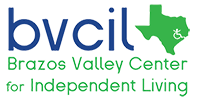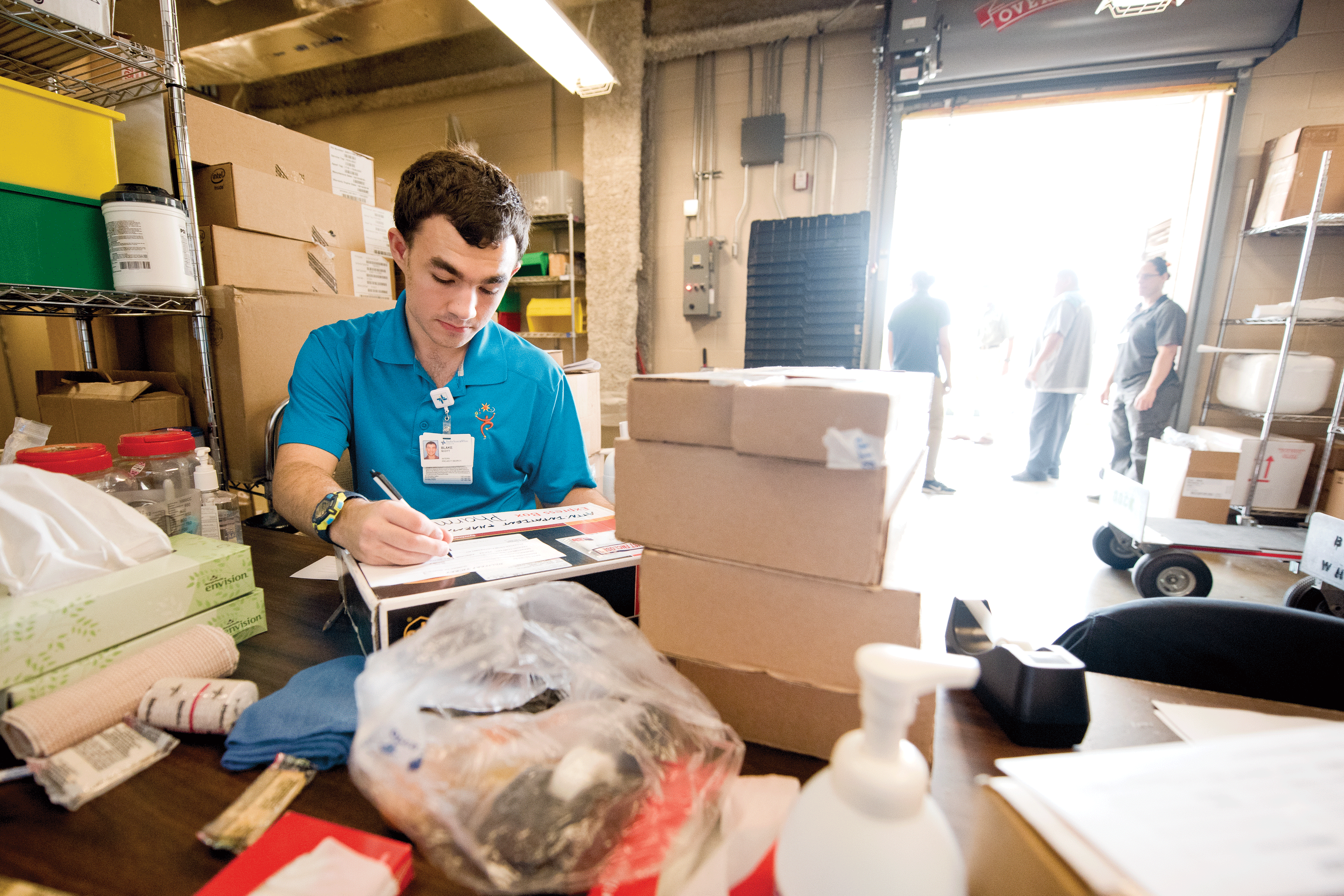Marla R. Miller
Threats and harassment come to children via text message, social media and online exploitation.
Anti-bullying experts says it’s a pervasive problem among young people, resulting in an alarming number of suicides.
“Cyberbullying is huge because they get to hide behind their online device, whether it’s a cellphone, iPad, or social media and send hate messages, threats, impersonations, says Ross Ellis, a national bullying prevention expert and founder and CEO of STOMP Out Bullying.
Experts say parents need to be alert and assertive, but also rational when talking to their children or confronting a bully, his parents or the school.
“In general, most kids are not going to talk to their parents about this stuff, or they wait until things are really bad,” says Rosalind Wiseman, an author, educator and founder of Creating a Culture of Dignity. “If you’re prone to rushing in and fixing problems for them, involving parents makes things worse. The majority of kids will stop speaking to you and asking you for help because they will believe you are going to make things worse.”
Wiseman’s website culturesofdignity.com includes resources for parents and educators.
“You don’t have to wait for a problem,” she says. “You can say ‘hey, you’re going into fifth grade now, or ninth grade, things can get complicated, people have conflicts, let’s talk about it.’”
The most common signs to watch for include anxiety, depression and low self-esteem; unexplained bruises or injuries, ripped clothes or missing belongings; excessive crying or moodiness, becoming withdrawn, or a loss of interest in school; and headaches, stomachaches and other physical symptoms.
For those being bullied by peers or teachers, they may fake an illness, miss the bus or find reasons to stay home from school. They may be on and off with friends, avoid school functions or experience other forms of social exclusion.
“There’s always a good reason why kids do what they do,” Wiseman says. “If your kid is late to school or misses the bus, they’d rather be late or you be angry than deal with what they have to on the bus. Even the most perplexing behavior, once you figure it out, it’s quite reasonable.”
Although there are red flags parents should look for, each child deals with bullying in their own way.
“A parent knows their child better than anyone else, especially when they get closer to middle school,” says Lowell Levine, founder and president of the anti-bullying nonprofit Stop Bullying Now Foundation in Lake Worth, Fla. “If their grades are falling, they’re not in afterschool activities, not eating properly, not able to sleep, having bad dreams or they start to get abusive, or don’t want to go to school or come back home with some bruises, all of these are definite red flags that there is something going on.”
Thanks to new laws, bullying is viewed as a civil rights violation, which gives more teeth to civil lawsuits, Levine says.
According to the U.S. Centers for Disease Control and Prevention, suicide was the third leading cause of death among kids ages 10-14 in 2015.
Children who mention suicide should be taken to the emergency room.
“Even if they’re just saying it, it must be taken seriously.”
STOMP Out Bullying, a national bullying and cyberbullying prevention organization, offers an online HelpChat Line that’s free and confidential for young adults ages 13 to 24.
Dealing With an Cyberbully
“If your child is being cyberbullied, the first thing they should never do is respond,” Ellis advises. “The Internet is like the Wild West frontier. If you see a mean post, do not respond, delete it and block the person.”
Keep your child busy and build confidence, whether through sports, theater, music, academics or community service.
The worst thing a parent can do is rush into the school and start making threats or demands. It’s best to remain calm, make an appointment with the principal, and ask how the administration can help find a solution. One way might be talking to the alleged perpetrator or helping to facilitate a transfer to another school.
“If you pound your fist and say I want this child suspended or arrested, the school will shut down,” Ellis says. “Walk in with everything documented, dates, times, tell the principal like you’re telling a story, keep it short and concise and ask ‘how can you help me?’”
-CTW Features
Source: http://www.courant.com/brandpublishing/guide-to-education/hc-bullying-in-the-age-of-tech-savvy-children-20161010-story.html


